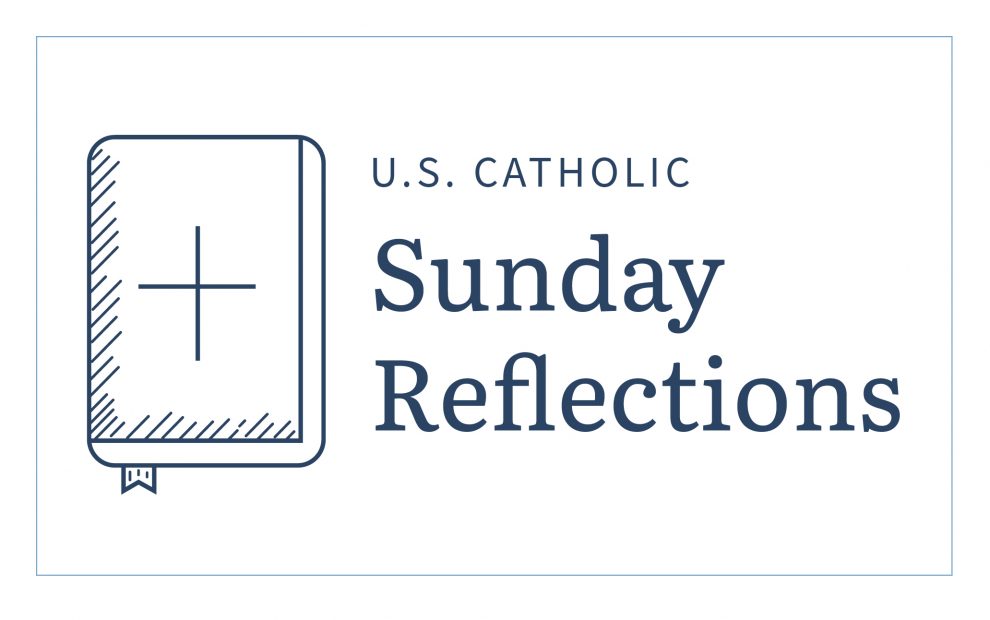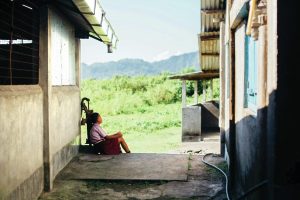Readings (Year B):
Wisdom 1:13 – 15; 2:23 – 24
Psalms 30:2, 4, 5-6, 11, 12, 13
2 Corinthians 8:7, 9, 13 – 15
Mark 5:21 – 43 or 5:21 – 24, 35b- 43
Reflection: Jesus is the bread of life
“Give her something to eat.” Today’s gospel from Mark continues the recurring theme in all four gospels throughout the liturgical calendar: the centrality of food and the meal in our journey into the heart of the paschal mystery. There are the fish and loaves at the sermon on the mount. When Jesus appears to the twelve in the upper room after his resurrection, he eats a piece of fish in front of them to prove he is not a ghost. Later, by the Sea of Galilee, Jesus graciously prepares breakfast for Peter and the others, as they labor to haul in fish from the waters. When they haul in an abundance of fish, once again linking eucharist and missio to evangelization, they recognize the stranger and shout “It is the Lord!”
So identified is Jesus with the meal of the fish that centuries before the cross became the symbol of Christianity, it was the symbol of the fish, and the Greek word for fish, icthys, that became identified with the early Christians. Not coincidentally, icthys is also an acrostic for the name of Jesus in which each letter is the first word for the Greek phrase that translates to “Jesus Christ, Son of God, savior.”
In today’s gospel, Mark’s lean, spare, almost journalistic prose tells the story of not one but two miracles of healing, the first being the woman who for twelve years suffered from hemorrhages and is broke from all the doctors. She is cured when she just touches the hem of Jesus’s garment, and, when she collapses in fear, he tells her that it was her faith that cured her. He then is brought to the house of Jairus the synagogue official, whose young daughter has just died. If Jesus is greeted with fear in the first healing, the second one brings him scorn and derisive laughter. The grown woman falls down in fear, the little girl reclines in the slumber of death. Both are raised up by Jesus before the story ends with a meal.
Then as now, food gives and sustains life and eating is a sign of physical health but food in the gospel goes higher, wider and deeper than grabbing a quick bite or sitting down to a hot dinner after a long day. Food in the gospel, from the fish and the loaves to the fish in the upper room and on the shore of Galilee, either prefigures or recalls the last supper and Jesus himself who is the bread of life. It is Jesus who is the meal that heals.
The people who populate today’s gospel are a microcosm for all of us as we approach the eucharistic table. We bring our fears, our wounds, our hopelessness, our hopes, and even our cynicism and doubts in the words and promises of Jesus. And yet Jesus says to each of us, regardless of where our hearts and minds are, “Your faith has saved you, arise and have something to eat.”














Add comment